One of the biggest challenges of modern physics is reconciling gravity and quantum mechanics. How do we deal with this dilemma?
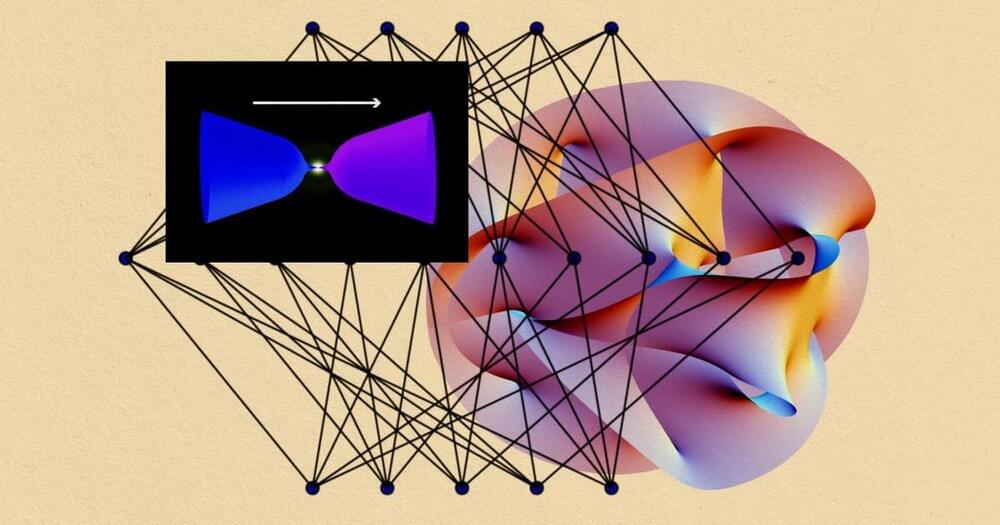

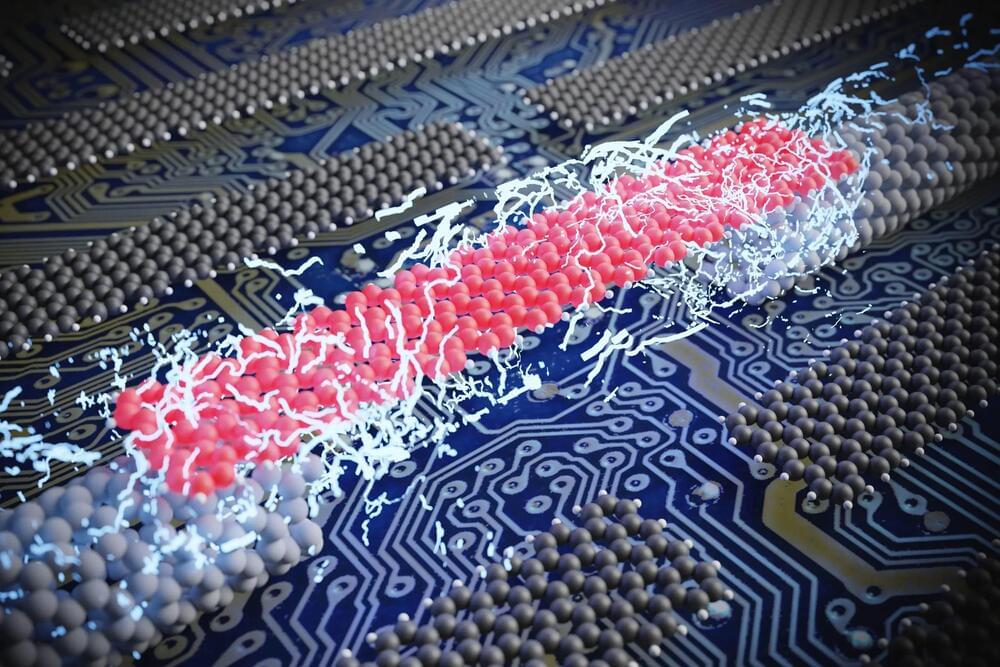
Quantum technology holds immense promise, yet it is riddled with complexity. Anticipated to usher in a slew of technological advancements in the upcoming decades, it is set to offer us more compact and accurate sensors, robustly secure communication networks, and high-capacity computers. These advancements will outpace the capabilities of present computing technologies, aiding in the swift development of new drugs and materials, controlling financial markets, and enhancing weather forecasting.
To realize these benefits, we require what are termed as quantum materials, which display significant quantum physical effects. One such material is graphene.
Graphene is an allotrope of carbon in the form of a single layer of atoms in a two-dimensional hexagonal lattice in which one atom forms each vertex. It is the basic structural element of other allotropes of carbon, including graphite, charcoal, carbon nanotubes, and fullerenes. In proportion to its thickness, it is about 100 times stronger than the strongest steel.
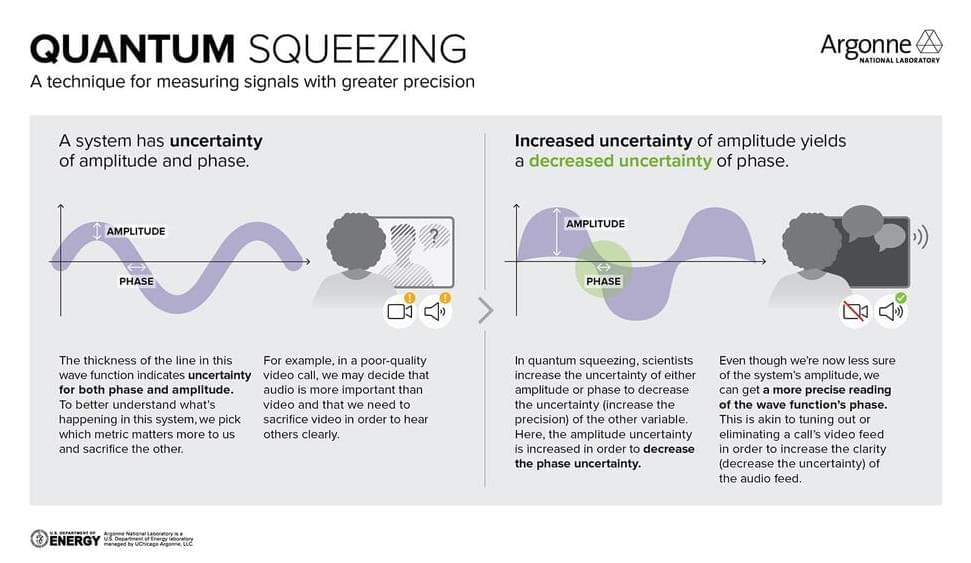
How many times have you shown up to a video meeting with people at work only to find you have terrible internet that day? Maybe the others on the call are cutting in and out, or maybe your own signal is being corrupted on their screen. Regardless, many remote workers have found a simple solution—turn down the video quality and focus on audio.
In a very general sense, this is the same technique that researchers leverage when using quantum squeezing to improve the performance of their sensors. Mark Kasevich, a professor of physics and applied physics at Stanford University and a member of Q-NEXT, uses quantum squeezing in his work developing quantum sensors.
Q-NEXT is a U.S. Department of Energy (DOE) National Quantum Information Science Research Center led by DOE’s Argonne National Laboratory. Center researchers use quantum squeezing to make better measurements of quantum systems.

In the future, quantum computers may be able to solve problems that are far too complex for today’s most powerful supercomputers. To realize this promise, quantum versions of error correction codes must be able to account for computational errors faster than they occur.
However, today’s quantum computers are not yet robust enough to realize such error correction at commercially relevant scales.
On the way to overcoming this roadblock, MIT researchers demonstrated a novel superconducting qubit architecture that can perform operations between qubits—the building blocks of a quantum computer—with much greater accuracy than scientists have previously been able to achieve.
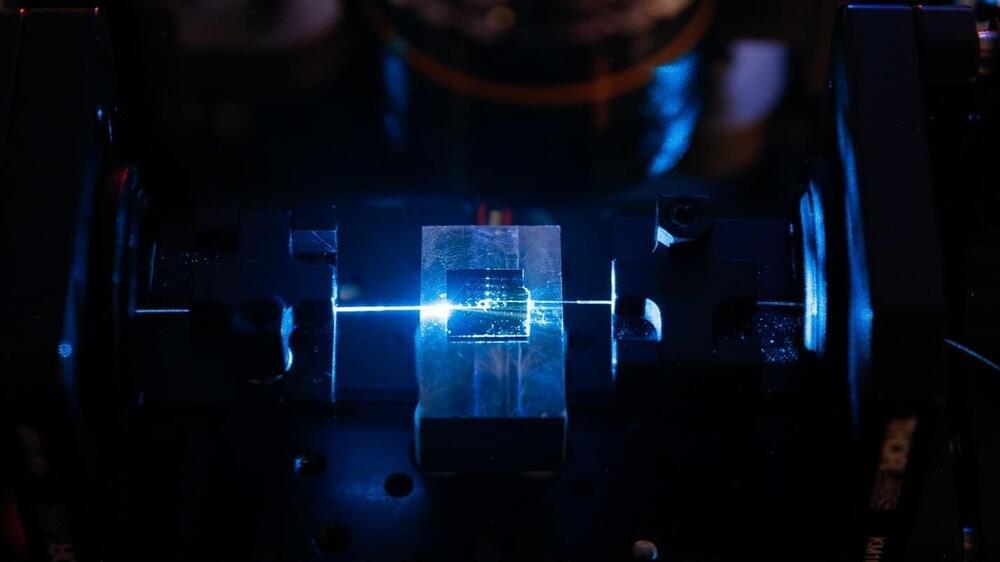
Researchers have created chip-based photonic resonators that operate in the ultraviolet (UV) and visible regions of the spectrum and exhibit a record low UV light loss. The new resonators lay the groundwork for increasing the size, complexity and fidelity of UV photonic integrated circuit (PIC) design, which could enable new miniature chip-based devices for applications such as spectroscopic sensing, underwater communication and quantum information processing.
“Compared to the better-established fields like telecom photonics and visible photonics, UV photonics is less explored even though UV wavelengths are needed to access certain atomic transitions in atom/ion-based quantum computing and to excite certain fluorescent molecules for biochemical sensing,” said research team member Chengxing He from Yale University. “Our work sets a good basis toward building photonic circuits that operate at UV wavelengths.”
In Optics Express, the researchers describe the alumina-based optical microresonators and how they achieved an unprecedented low loss at UV wavelengths by combining the right material with optimized design and fabrication.
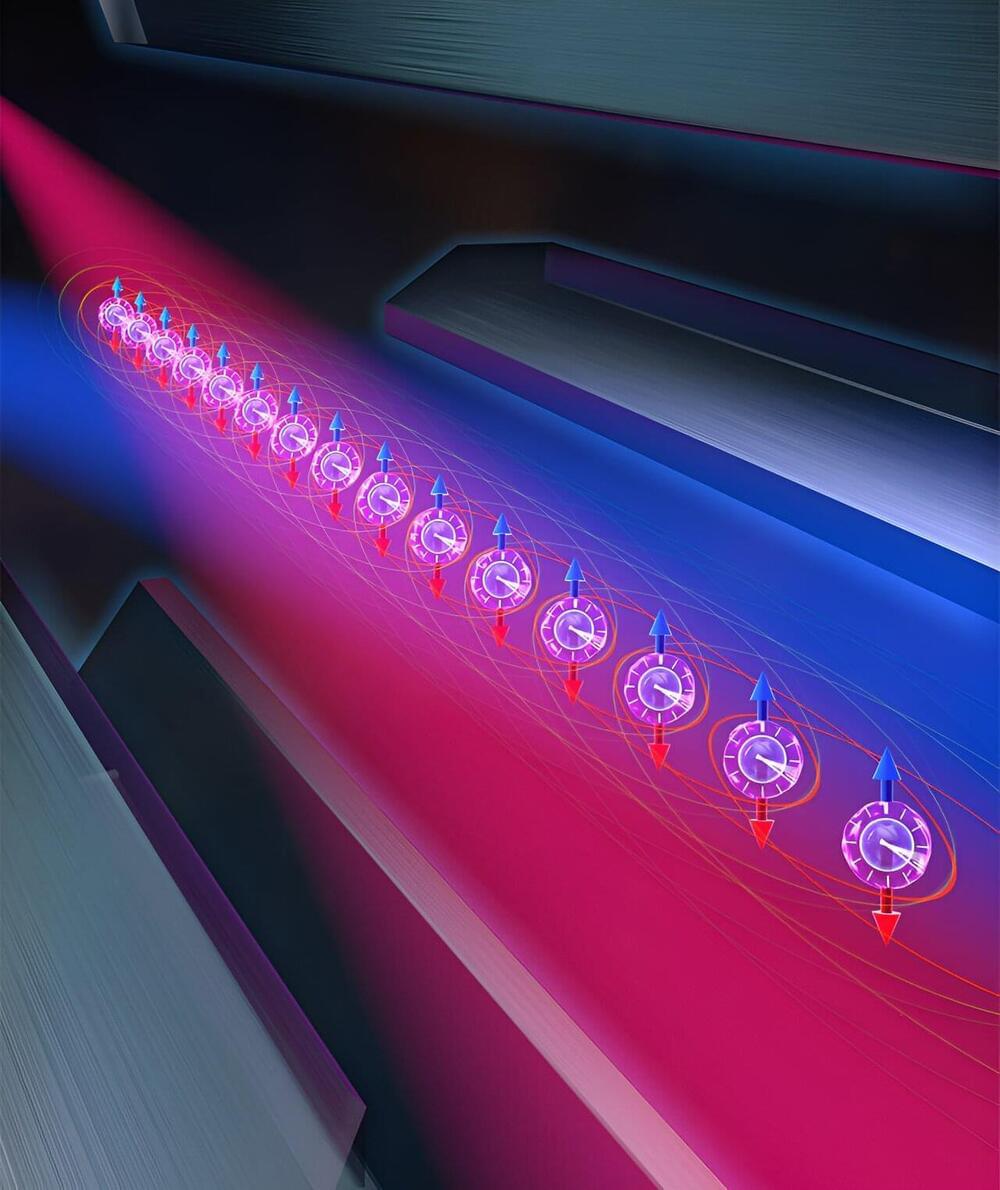
Opening new possibilities for quantum sensors, atomic clocks and tests of fundamental physics, JILA researchers have developed new ways of “entangling” or interlinking the properties of large numbers of particles. In the process they have devised ways to measure large groups of atoms more accurately even in disruptive, noisy environments.
The new techniques are described in a pair of papers published in Nature. JILA is a joint institute of the National Institute of Standards and Technology (NIST) and the University of Colorado Boulder.
“Entanglement is the holy grail of measurement science,” said Ana Maria Rey, a theoretical physicist and a JILA and NIST Fellow. “Atoms are the best sensors ever. They’re universal. The problem is that they’re quantum objects, so they’re intrinsically noisy. When you measure them, sometimes they’re in one energy state, sometimes they’re in another state. When you entangle them, you can manage to cancel the noise.”

The team achieved 99.99 percent accuracy with a single-qubit gate and 99.9 percent accuracy with a two-qubit gate.
Researchers at the Massachusetts Institute of Technology (MIT) have developed a new circuit that can do quantum computation with a high degree of accuracy. The researchers used a new type of superconducting qubit called the fluxonium, a press release said.
Quantum computers are considered the next frontier of computing since they can perform calculations at speeds that are decades ahead of supercomputers being used today. The flip side of such high speeds is that they can accumulate errors equally fast.
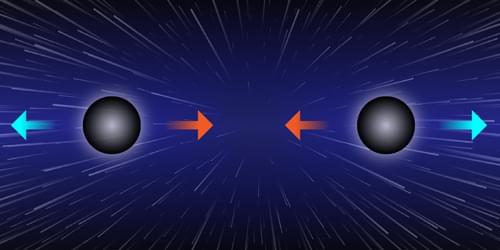
Black holes may be less unique than previously thought, as the expansion due to a cosmological constant can hold apart a pair of holes and allow them to mimic a single black hole.
Black holes are astonishing objects that can pack the mass of Earth into a space the size of a pea. A remarkable attribute is their stunning simplicity, which is encapsulated in the celebrated uniqueness theorems [1]. Briefly stated, these theorems say that there is only one solution to Einstein’s equations of general relativity for a fully collapsed (nonevolving) system having fixed mass and angular momentum [2]. The implication is that all black holes that have settled down to equilibrium with the same mass and rotation are precisely the same: their entire behavior described by a single equation—the so-called Kerr solution—filling only a few lines of paper!
But there is a catch. The uniqueness theorems make a number of assumptions, the key one being that the space around the black hole is “empty”—in other words, there is no energy that might influence the black hole. Such energy can arise from fields, for example, those of the standard model, or from a “cosmological constant,” which is a form of dark energy that might be behind the accelerated expansion of our Universe today. In a fascinating study, Óscar Dias from the University of Southampton, UK, and colleagues demonstrate that uniqueness is violated in the presence of a positive cosmological constant [3]. Specifically, they show that a pair of black holes whose mutual attraction is balanced by the cosmic expansion would look the same to a distant observer as a single isolated black hole. The results may lead to a rethinking of how simple black holes really are.
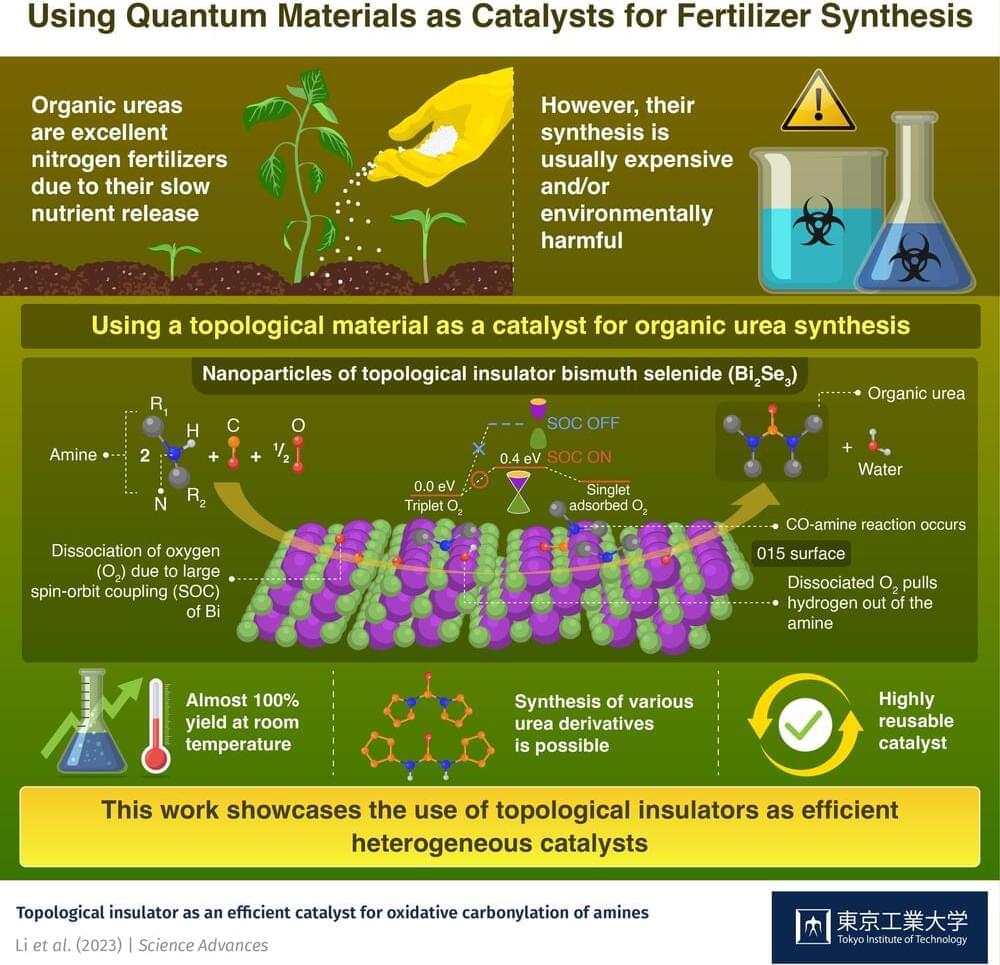
Synthetic fertilizers, one the most important developments in modern agriculture, have enabled many countries to secure a stable food supply. Among them, organic ureas (or organoureas) have become prominent sources of nitrogen for crops. Since these compounds do not dissolve immediately in water, but instead are slowly decomposed by soil microorganisms, they provide a stable and controlled supply of nitrogen, which is crucial for plant growth and function.
However, traditional methods to synthesize organoureas are environmentally harmful due to their use of toxic substances, such as phosgene. Although alternative synthesis strategies have been demonstrated, these either rely on expensive and scarce noble metals or employ catalysts that cannot be reused easily.
In a recent effort to address these challenges, a research team including Honorary Professor Hideo Hosono from Tokyo Institute of Technology, Japan, has leveraged the quantum properties of bismuth selenide (Bi2Se3) to synthesize organoureas. Their study is published in Science Advances.
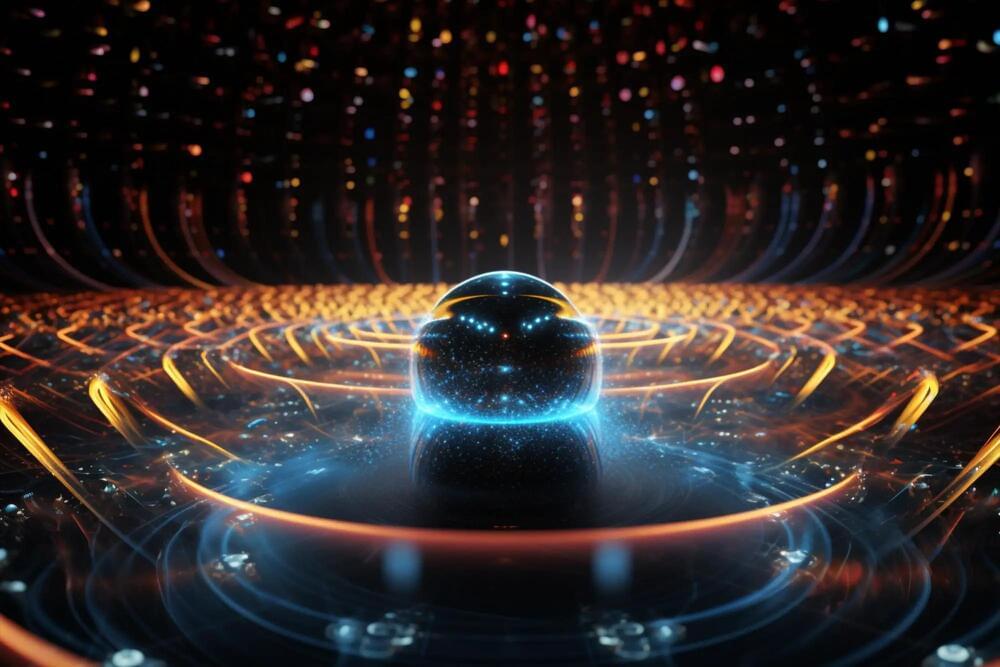
For years, researchers have tried various ways to coax quantum bits — or qubits, the basic building blocks of quantum computers — to remain in their quantum state for ever-longer times, a key step in creating devices like quantum sensors, gyroscopes, and memories.
A team of physicists from MIT
MIT is an acronym for the Massachusetts Institute of Technology. It is a prestigious private research university in Cambridge, Massachusetts that was founded in 1861. It is organized into five Schools: architecture and planning; engineering; humanities, arts, and social sciences; management; and science. MIT’s impact includes many scientific breakthroughs and technological advances. Their stated goal is to make a better world through education, research, and innovation.